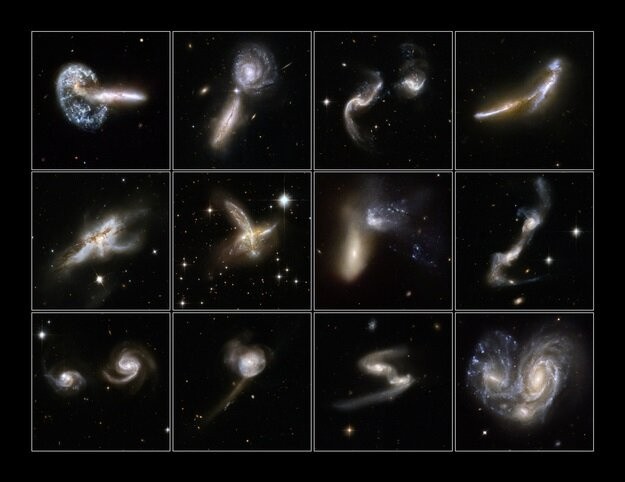Astronomers screened data from the motion and composition of 500 stars scattered across the space to find substantial clues on how the Andromeda and a separate galaxy collided millions of years ago.
The study, which was presented at the annual meeting of the American Astronomical Society, shows details from the violent past of Andromeda that could help us gain more insights regarding how galaxies, such as the Milky Way, were formed.
How Galaxies Form

Most galaxies are theorized to materialize from various compounds in nearby cosmic objects hovering in every direction across space. Other galaxies are also built with completely different members, such as dense clumps of stellar bodies known as globular clusters.
Galaxies might be constructed through a catastrophic crash between larger bodies or from entirely different planetary groups. Because of the violence needed to assemble an entire galaxy, scientists believe that there are still remnants of the past hidden in plain sight.
The relics left by history for us to discover dubbed tidal features. Most types of these materials might have arcing shells and elongated streams constantly moving across the void.
By analyzing tidal features, we could get more information about the interactions, forces, and materials that shaped galaxies in the very beginning.
Carnegie Observatories specialist Ivanna Escala explained in a press release that their team was able to carry out the detailed characterization of the geometric motion and chemical composition of stars in neighboring galaxies for the first time.
They concluded that the northeast shelf of Andromeda they observed is a tidal shell made mostly of debris that originates back to the collision.
Andromeda's Collision Remnants
Escala added that Andromeda's northeast shelf is indeed a part of a multi-shell system alongside the southeast and west shelves. The materials in these regions are very similar to those in the galaxy's Giant Stellar Stream and, when compared together, are likely coming from the same source.
The results from the research follow previous theories and models suggesting that the Giant Stellar Stream is somewhat an initial loop of material produced by a massive collision, with the northeast shelf wrapped around the stream serving as the second layer, Escala continued.
The findings are expected to be utilized by future studies regarding the assembly, chemical compounds, force, and other factors that made the Andromeda galaxy come to life. The data could also contribute to what we currently know about the violence from the unknown collisions that shaped and led to the evolution of Andromeda, the Milky Way, and other surrounding clusters lurking in the depths of space, PhysOrg reports.
Escala's team presented their findings through the support of the Carnegie-Princeton Fellowship, NASA, and the Space Telescope Institute, along with other partners of the American Astronomical Society.
RELATED ARTICLE : ESA's Gaia Can Detect Starquakes, One of the Most Shocking Discoveries Revealed in Newly Released Spectroscopy Data
Check out more news and information on Space in Science Times.












